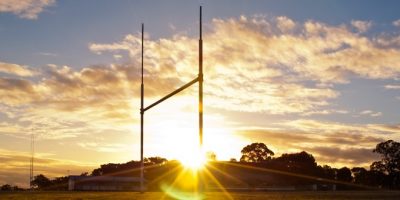 Rugby League Cares is delighted to announce that the new National Rugby League Museum will be based in Bradford, a city with a rich sporting heritage which is currently undergoing a cultural and architectural transformation.
The museum is scheduled to open in August 2020 to mark Rugby League’s 125-year anniversary and will take pride of place
Rugby League Cares is delighted to announce that the new National Rugby League Museum will be based in Bradford, a city with a rich sporting heritage which is currently undergoing a cultural and architectural transformation.
The museum is scheduled to open in August 2020 to mark Rugby League’s 125-year anniversary and will take pride of place Bradford to home the National Rugby League Museum
 Rugby League Cares is delighted to announce that the new National Rugby League Museum will be based in Bradford, a city with a rich sporting heritage which is currently undergoing a cultural and architectural transformation.
The museum is scheduled to open in August 2020 to mark Rugby League’s 125-year anniversary and will take pride of place
Rugby League Cares is delighted to announce that the new National Rugby League Museum will be based in Bradford, a city with a rich sporting heritage which is currently undergoing a cultural and architectural transformation.
The museum is scheduled to open in August 2020 to mark Rugby League’s 125-year anniversary and will take pride of place 